Toilets in the metro? Design principles, requirements, equipment
Toilets in public places are among those places where the equipment must meet strict standards of hygiene, comfort, and safety. This also applies to bathrooms located in metro stations. Until recently, toilets located at train stations were mainly associated with dirt and unpleasant odors. Currently, experienced architects are responsible for designing these types of spaces, and the elements of their equipment are known for their high quality and interesting design.
Toilets in the metro
The most common problems in places such as toilets in the metro include difficulties in maintaining cleanliness of the rooms and individual equipment, too narrow passages and cabins, and lack of proper ventilation. This is often a result of mistakes made during the design stage of the room.
When using a toilet in the metro or at the station, it is important to consider that it will be used by many people from different social groups - women, men, children, and people with disabilities. It is necessary to take into account the specific needs of each group in order to create a friendly and safe space.
Toilets in the metro - design principles
The design principles for toilets in the metro are very similar to those for other public bathrooms. The exact requirements are specified in the Regulation of the Minister of Infrastructure of April 12, 2002, regarding technical conditions and minimum dimensions of sanitary rooms and their equipment.
When designing toilets in the metro, it is important to remember that the values given in the Regulation, such as the dimensions of the cubicles or the maneuvering space for people with disabilities, are only the necessary minimum. In order to ensure maximum comfort for users, these surfaces should be slightly larger than required.
Toilets in the metro - requirements
Regulations require that toilets in the metro be located in rooms with a minimum height of 2.5 meters. The doors leading to them should close automatically - sliding or folding models are not allowed.
The floors and walls in the room must be covered with washable, non-absorbent, and (in the case of floors) non-slip material, such as ceramic tiles or porcelain. The partitions separating the individual stalls must also be made of washable and moisture-resistant material.
Similar to other public restrooms, the metro toilets require at least one toilet bowl for every 20 women, at least one toilet bowl and one urinal for every 30 men, and at least one sink for every 20 people. At least one stall should be accessible for people with disabilities by using appropriate facilities and accessories such as handrails and grips.
Sinks can be located in the vestibule, which separates the communication area from the room where cabins and urinals are placed. In practice, this is also the most convenient solution.
Toilets in the metro - equipment
The equipment of toilets in the metro should consist of devices and accessories that allow to minimize the risk of spreading pathogenic microorganisms between individual users. The most hygienic solutions are touchless. This applies especially to such elements of toilet equipment in the metro as soap dispensers, bathroom fixtures, paper towel dispensers, and hand dryers. On the other hand, elements such as sinks, toilet bowls, and urinals must be made of materials that can be frequently disinfected - such as stainless steel sanitary ware.
A public toilet should also not be without accessories such as toilet paper dispensers, baby changing tables, toilet brushes, and trash cans. Dispensers for toilet seat covers are also becoming increasingly popular.
To further improve the level of hygiene in metro toilets, it is worth paying attention to the way liquid soap dispensers are refilled. Models that are traditionally filled by pouring from a bulk container into the dispenser are not the best solution. There is a risk of contamination of the liquid. Much more hygienic are dispensers with vacuum systems. The entire insert or cartridge is replaced, and the product inside does not come into contact with air or any contaminants that may be present. This is also a significant convenience for the staff responsible for keeping the toilet clean - a crucial factor in ensuring a truly safe space.
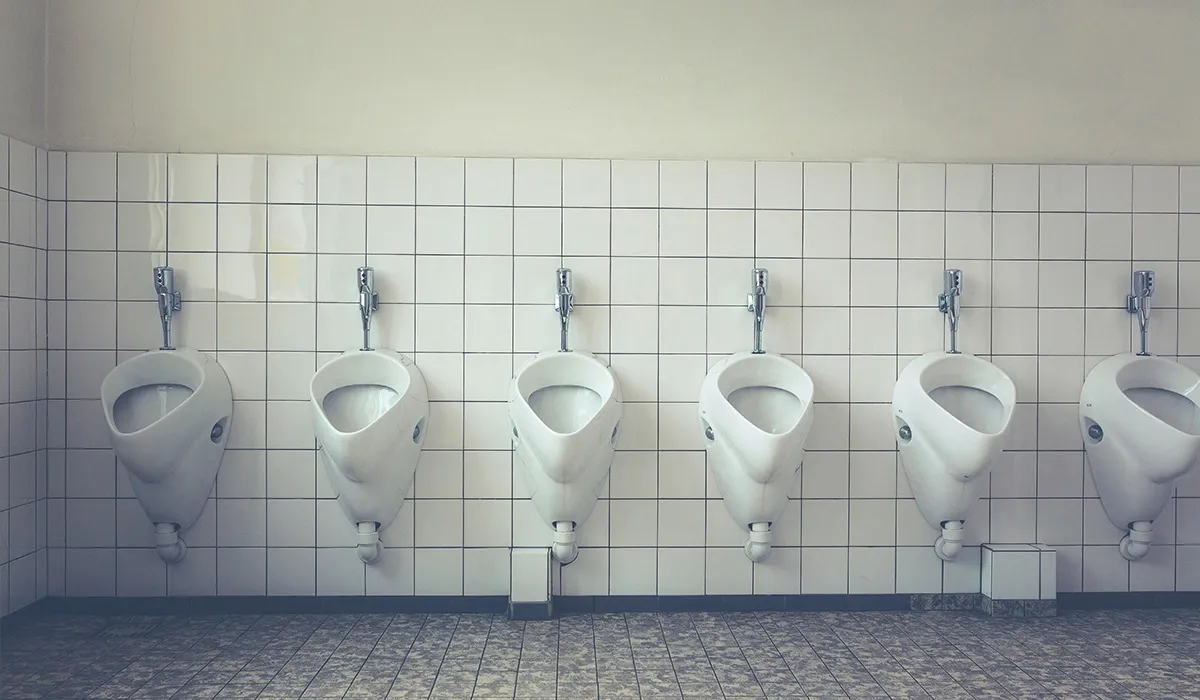
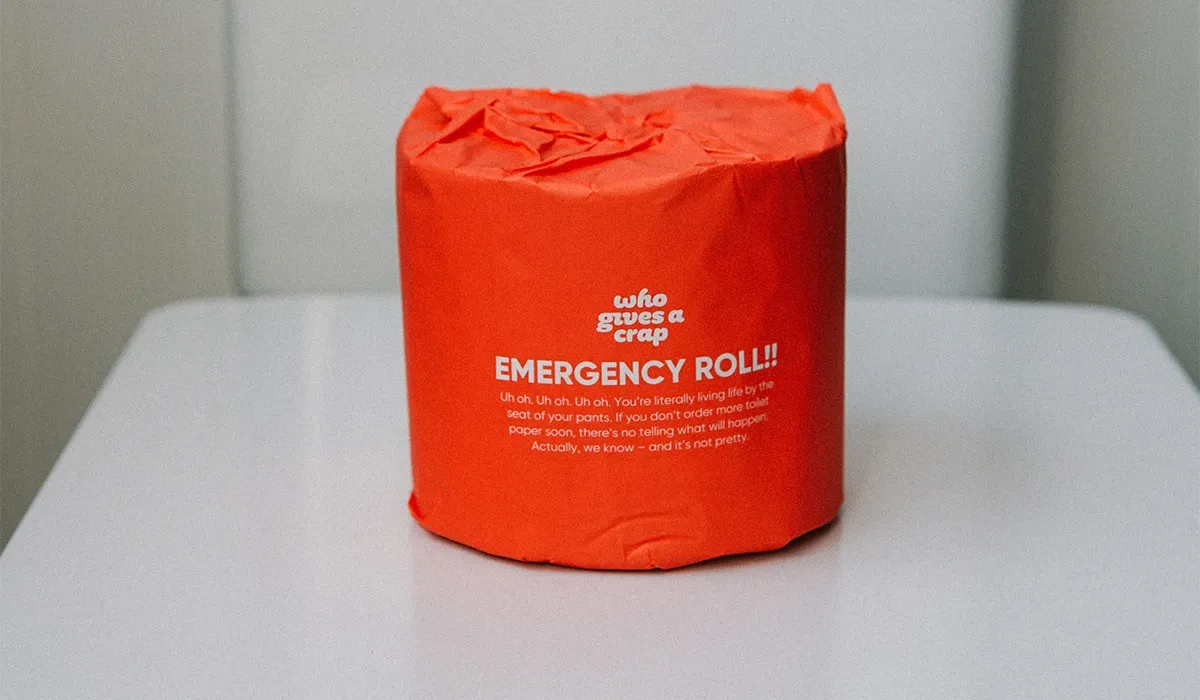
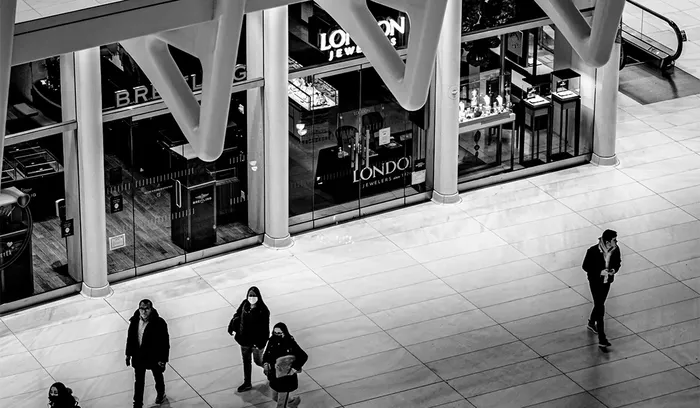
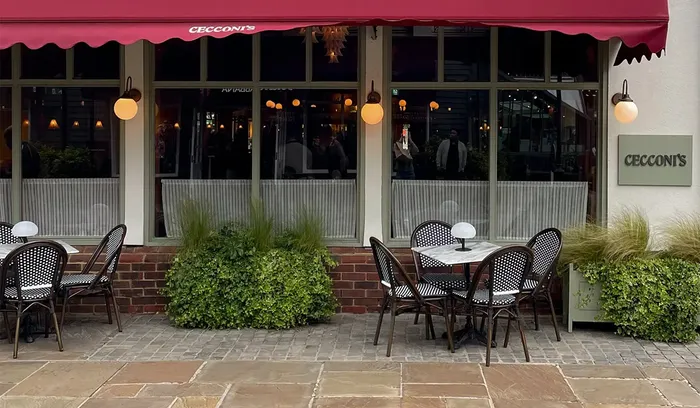
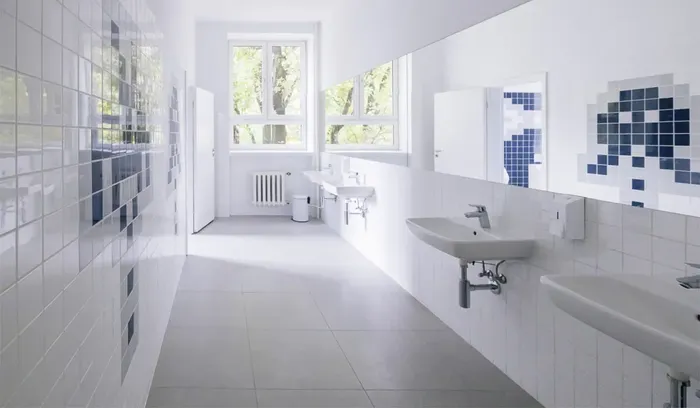
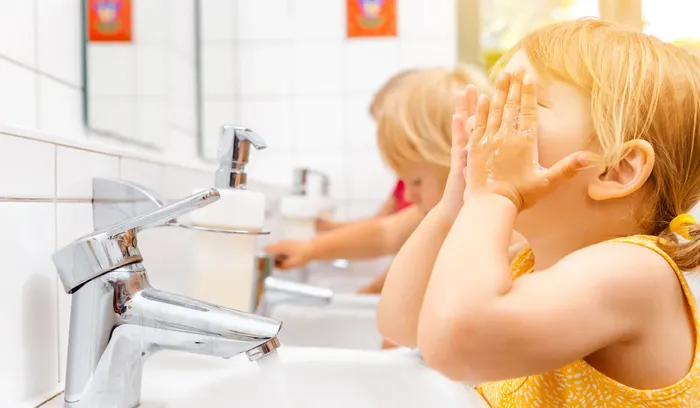
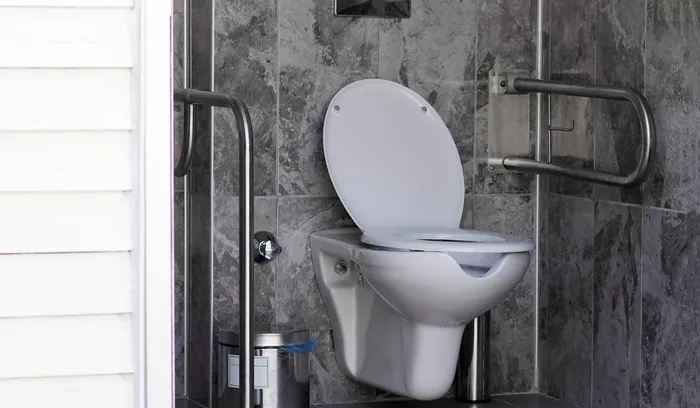

 Polski
Polski
 Český
Český
 Deutsch
Deutsch
 Spanish
Spanish
 French
French
 Italian
Italian